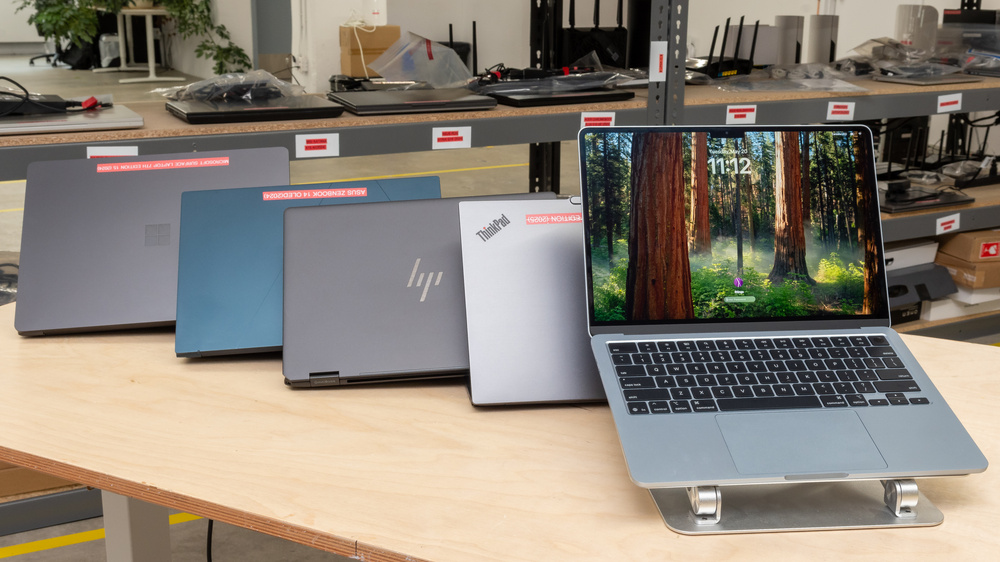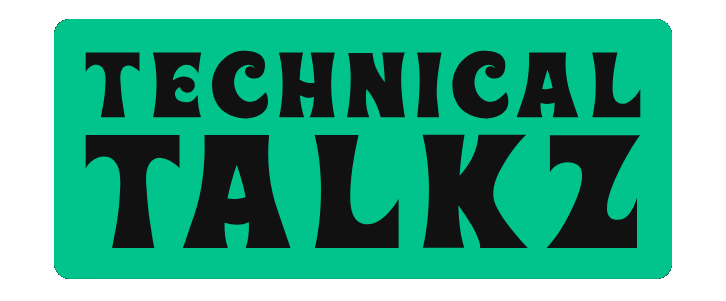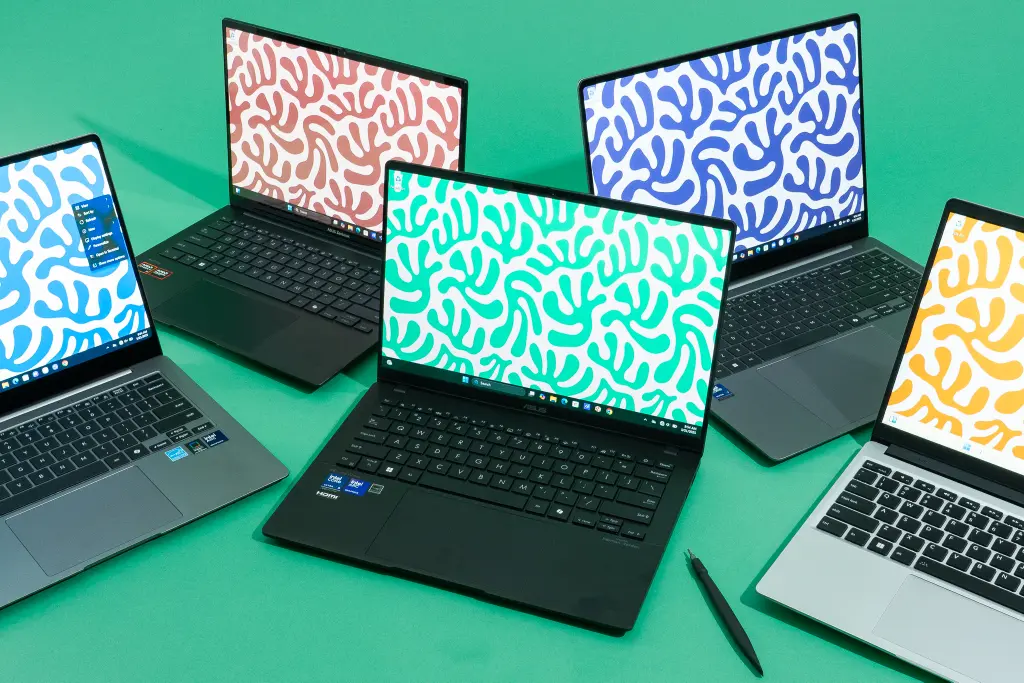The world of laptops has changed dramatically in 2025. With advances in chip efficiency and thermal management, fanless ultrabooks are now slimmer, quieter, and more powerful than ever. But a question remains for many professionals: Can fanless laptops really replace traditional ultrabooks for demanding workloads?
Whether you’re a software developer, digital nomad, content creator, or business professional, this guide explores if fanless ultrabooks in 2025 are up to the challenge.
What are Fanless Ultrabooks?
Fanless ultrabooks are computers that rely only on passive thermal solutions, i.e., internal fans to dissipate heat are not used. They use heat spreaders, vapor chambers, and optimized chip design to manage thermals.
The benefits are obvious:
Silent operation (ideal for quiet offices, libraries, or studios)
Thin and lightweight profile
Less dust accumulation
Less moving parts = longer lifespan
But the computers then came with performance compromises to boot. But that tale is now shifting in 2025 with the help of ARM-based and Intel/AMD low-wattage processors.
What Powers Today’s Fanless Ultrabooks? Apple M4 Chip (MacBook Air M4)3nm design with high efficiency
Up to 10-core CPU, 10-core GPU
Neural Engine for AI workloads
Unified memory (up to 24GB)
Passive cooling in MacBook Air with M4 chip
Apple’s MacBook Air M4 redefines fanless ultrabook performance. It’s responsive enough for Xcode, Adobe Photoshop, Final Cut Pro, and even light video editing tasks—all without a spinning fan.
Intel Core Ultra 5 & Ultra 7 (Meteor Lake)Hybrid performance/efficiency cores
Integrated NPU (Neural Processing Unit)
Low TDP models under 15W for fanless PCs
Uses AI acceleration, office workloads, and light dev tasks
All 2025 Windows fanless ultrabooks include these Core Ultra chips along with LPDDR5X RAM, PCIe SSDs, and OLED screens.
Qualcomm Snapdragon X EliteARM-based, passive coolable
12 high-performance cores, NPU, Adreno GPU
Seen in next-generation Surface Pro and Samsung Galaxy Book Go Fanless
Snapdragon X Elite provides competitive performance to the Apple M4, and its fanless configurations give Windows on ARM a good shot at equivalent levels of portability and battery life.
Strong Enough for Professional Use?
Let’s break it down by use case:
✅ Coding
MacBook Air M4 handles Xcode, VS Code, Git, Docker (light), and local testing with ease
Intel/ARM fanless Windows laptops handle WSL2, Android Studio (light), and backend tools nicely
Disadvantage: not ideal for heavy multitasking, VMs, or large-scale compilations
Verdict: Best for light to mid-level dev tasks. Not ideal for full-stack enterprise dev environments.
✅ Design & Content Creation
Adobe Photoshop, Figma, Affinity Designer are snappy on M4 and Snapdragon
2K or 4K OLED fanless screens provide wonderful visuals
DaVinci Resolve and After Effects? Certainly, but with increased render times and thermal throttling issues
Verdict: Perfect for graphic design, UI/UX, light editing—not for 4K video creation or large render tasks.
✅ Office & Business Productivity
These laptops offer great battery life, some lasting 20+ hours
Excellent for email, spreadsheets, Zoom, cloud applications, and presentations
Secure, silent, and fast wake times
Verdict: Possibly the greatest laptops for productivity professionals.
✅ AI & ML Workloads
Apple’s Neural Engine is excellent for device-based AI summarization, image recognition, and CoreML
Snapdragon and Intel’s NPUs help in AI features like speech-to-text, live transcription, etc.
But training deep learning models? That still needs specialized GPUs and cooling
Verdict: Perfect for AI productivity but not actual ML model training or inference-heavy workloads.
Battery Life & Thermals – A Huge Strength
Fanless ultrabooks step in where efficiency is the concern:
Laptop Battery Life (Est.) Thermals
MacBook Air M4 Up to 20 hrs 100% passive, never hot
Snapdragon X Elite devices 18–22 hrs Cool even during video calls
Intel Core Ultra Fanless 14–18 hrs Slightly warm under load
Since there is no fan to crack, these laptops are also more durable in the long term.
Fanless Laptops Benefits in 2025
Impressive as they are, fanless ultrabooks have certain caveats:
No RAM or SSD upgradability (especially in MacBook Air)
Thermal throttling for long periods of high-end usage
Strip-mined GPU performance — not for intense 3D rendering
Not for intense multitasking with VMs or simultaneous dev + design work
Who Should Buy a Fanless Ultrabook in 2025?
✅ Perfect for:
Writers, bloggers, consultants, analysts
Designers in cloud, 2D environments
Students, coders, professionals who prioritize silence and portability
Remote workers and business travelers needing all-day battery life and reliability
❌ Not for:
Game developers, 3D artists, or video editors
Data scientists training big models
Power users needing upgradability or GPU power
Final Thoughts
Fanless ultrabooks in 2025 are not only for web surfing and email anymore. With Apple M4, Snapdragon X Elite, and Intel Core Ultra processors, they deliver real pro-grade performance to professionals across the board — all in a totally quiet, highly portable bundle.
If you need a silent, efficient, and yet powerful device for coding, writing, presentations, or light design, an ultrabook with no fan is now a serious contender. Just know what it can and cannot do and buy according to your workflow.




